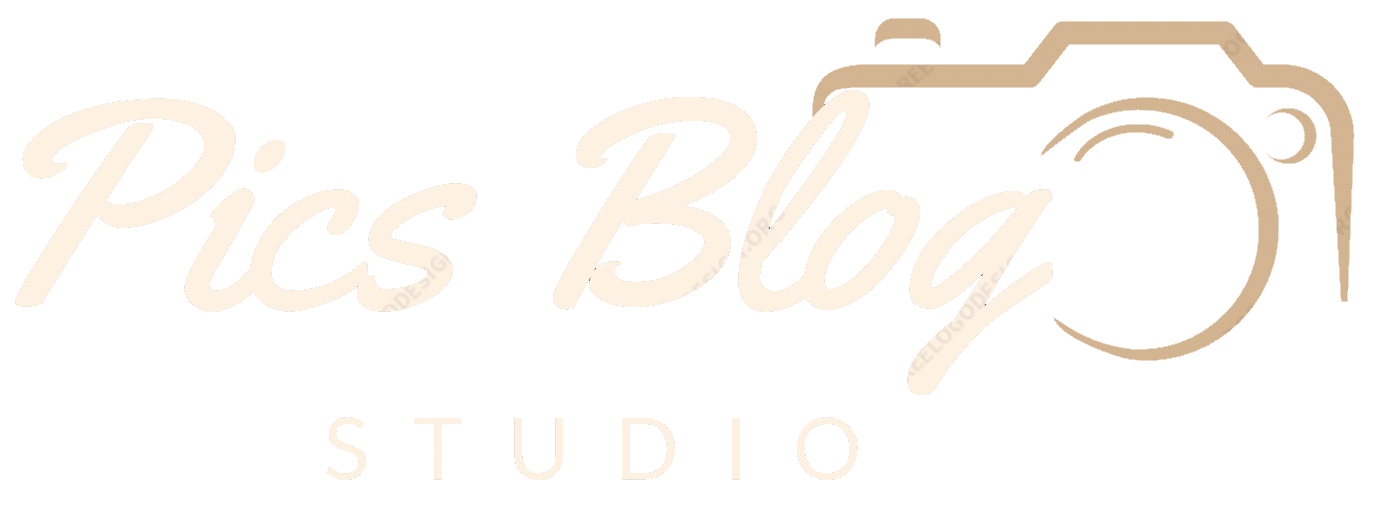
Why Print in a Large Format? All the Information You Need
Several things should be understood by you about large-format printing, whether you’re planning on printing a few items for personal use or managing the design and printing for a company.
Cost
Depending on the type of printing job, the cost of large-format printing can vary. Generally, the cost of the print depends on the materials used and the process used. In addition, the cost of large-format printing is also determined by the turnaround time.
Large-format printing is an excellent way to promote your brand and launch a promotional deal. Unlike traditional advertising methods, large-format printing can be used on various surfaces. For example, you can print on walls, window displays, banners, and vehicle wraps.
Large-format printing is not only an effective marketing tool, but it can also increase brand awareness. Large-format prints are also great for special events. They can be mounted, laminated, or even hung on walls. They can also provide durable outdoor advertising.
The best way to estimate the cost of large-format printing is to talk to a print supplier, you can visit sites like Dandreavisual.com. They can provide you with a roundabout estimate with estimated costs.
The cost of large-format printing can vary depending on the graphics size. A single large format print will cost more than many prints.
Paper Vs. Vinyl
Whether a crafter or a professional graphic designer, you’ll have to choose between paper and vinyl for large-format printing. Depending on your needs, you can select the best option, but both have advantages and disadvantages.
Although paper is typically cheaper than vinyl, it doesn’t hold up well against wear and tear. For a long-lasting finish, you’ll want to consider adhesive vinyl, which can be applied to just about any surface.
While vinyl can support full-color images, the paper offers different high-resolution graphics than it does. This is a limiting factor for large format printers.
One of the most enticing aspects of vinyl is its versatility. It can be trimmed to fit nearly any size or shape. The fact that it is robust and waterproof is its best feature. Additionally, it’s affordable, especially in comparison to other materials. You can purchase a vinyl in five, 10, or 82 feet rolls.
There are several reasons to choose vinyl over the paper. Vinyl is durable and waterproof, so it’s an excellent choice for outside signage. It’s also available in a variety of colors and finishes. You can purchase vinyl sheets at most office supply stores. If you’re making a lot of cuts, consider investing in a computer-controlled cutting machine. This will provide you with a professional-looking result.
Aqueous Inkjet Printing
Among the most popular types of large-format printers is the aqueous inkjet printer. Aqueous printers use water-based ink to produce high-quality images, unlike large format printers. This type of printing is suitable for indoor and outdoor items and is also environmentally friendly.
Aqueous inkjet printing is generally preferred for large-format photography and images with a high level of detail. It can also be used in trade show printing. It is easy to maintain and produces permanent products when paired with lamination.
Although aqueous inkjet printers are becoming increasingly popular, they still represent a small portion of the digital printing pie. This is due to several recent developments.
For starters, dye-based aqueous ink printers produce very vibrant colors. The most comprehensive color gamut is found with this type of ink. However, the color fades quickly when exposed to sunlight. For this reason, dye ink printers are usually used for poster work or general CAD drawings.
Flatbed Printers vs. Roll-to-Roll Printers
Whether you’re looking for a roll-to-roll or flatbed printer, it’s essential to understand which type of large-format printer will work best for your needs. The difference between a roll-to-roll printer and a flatbed printer is that a roll-to-roll printer uses a large roll of material to print on, while a flatbed printer prints directly on a substrate.
A roll-to-roll printer is an excellent choice for businesses needing to produce large amounts of material quickly. In addition, the speed of a roll-to-roll printer is usually better than that of a hybrid printer.
Flatbed printers are also an excellent choice for printing on thicker materials. They can hold substrates up to two inches wide. A flatbed printer is also superb for printing directly on flexible materials. Finally, a flatbed can also be helpful for printing on irregularly shaped objects.
The most important aspect of a flatbed printer is the ink. Some inks require primers to improve adhesion. Other inks need a fixer after the printing process is complete.
Ultraviolet Ink
Whether you’re creating signs, posters, banners, vinyl, or flooring graphics, UV ink can help make your job easier. It produces vibrant, sharp prints and can be used on various materials, including paper, acrylic, plastic, foam, fabric, and more.
Unlike traditional solvent inks, UV inks do not soak into the substrate. They are also more durable and scratch-resistant. The result is a sharper print and a higher-quality finish. You don’t have to worry about your photos fading, scratching, or scuffing, and the UV-cured inks don’t release harmful VOCs.
UV inks are ideal for high-volume printing jobs. The quick drying time allows for the production of high-quality, crisp prints. They also prevent dust from sticking to the image.
While UV inks aren’t the only solution for large-format printing, they are the most widely used. This is because they’re inexpensive and work well with various substrates. As a result, the technology is gaining popularity in the sign-making and large-format printing industries.





